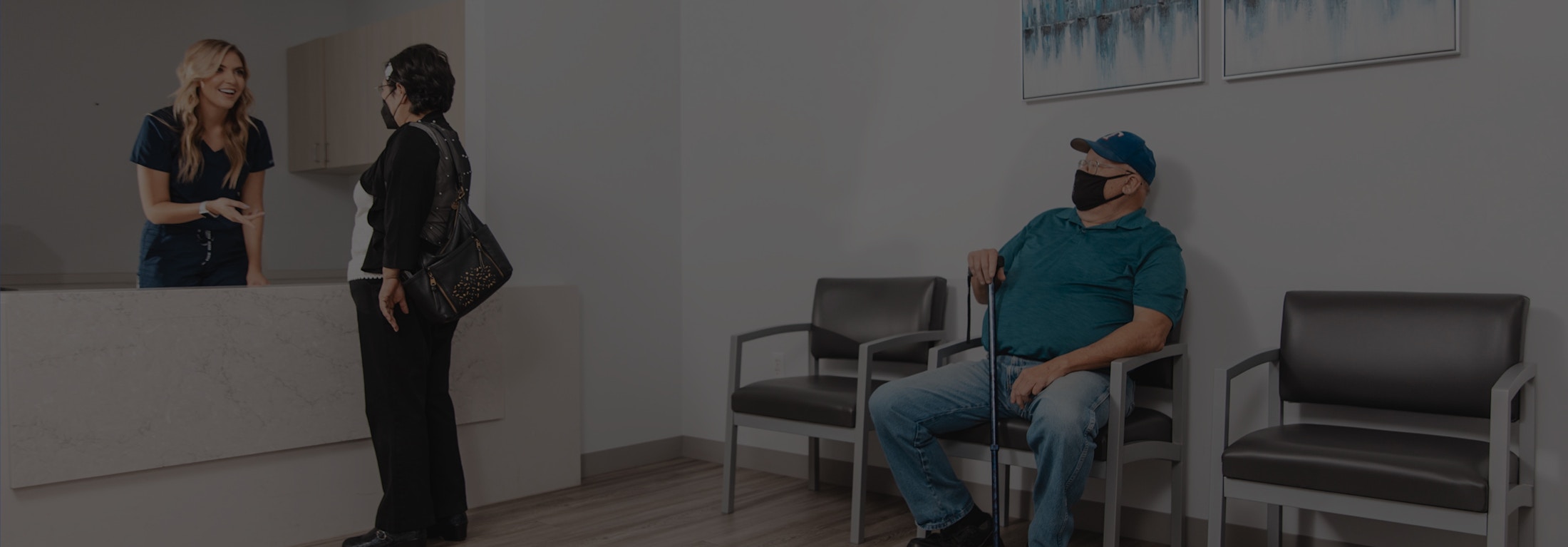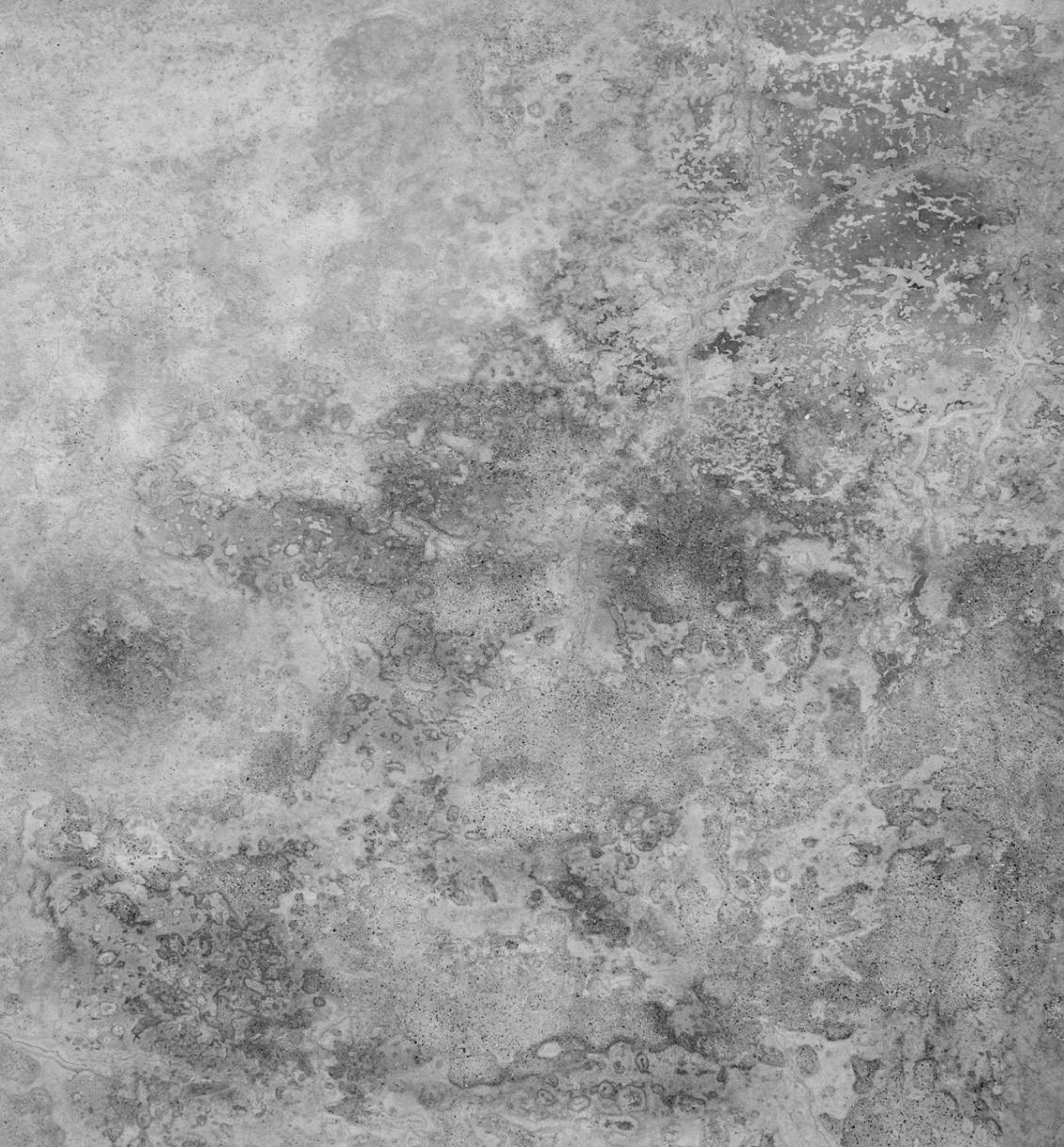What Are Venous Leg Ulcers?
Venous leg ulcers, also called venous stasis ulcers, are wounds that form on your lower leg. These ulcers develop when chronic venous insufficiency causes high pressure in a vein. Chronic venous insufficiency develops when one-way valves in a vein weaken and stop working. The valves normally keep blood flowing up your leg as they carry deoxygenated blood back to your heart.
When the valves fail, blood flows backward or refluxes and accumulates in the vein. As blood builds up in the vein, varicose veins develop, and the pressure inside the vein in your lower leg increases. Over time, the pressure forces fluids out of the vein and into the surrounding tissue, damaging the skin and causing an ulcer.








